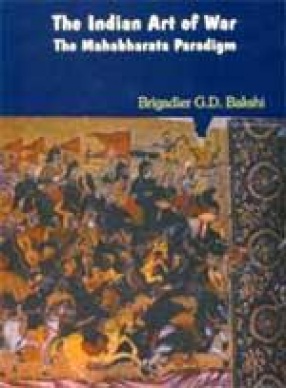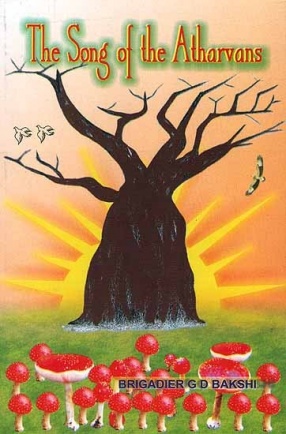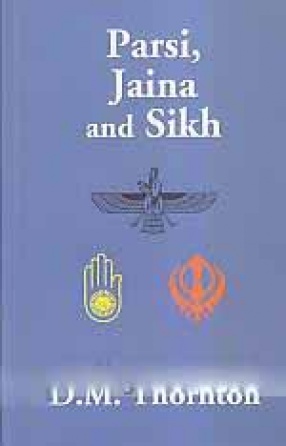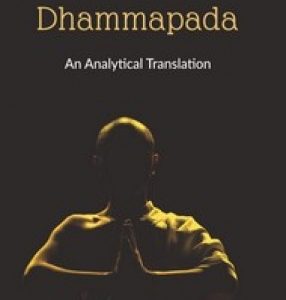The Mahabharata is the primary source book of Indian military thought and tradition. It is truly an index of civilisational development and constitutes the Indian "Weltanschuung". Over two millenniums ago it outlined an attrition oriented Indian paradigm of war that was primarily centered on a pure "force on force" regime. The Indian armies of that period had evolved from the two basic arms of the early Vedic period (infantry and chariots) to a highly sophisticated four arms structure comprising chariots, elephants, cavalry and infantry. Surprisingly, this military organisational format was to remain constant in India till almost the tenth century A.D. The chariots were the prize arm of that Mahabharata era. The Mahabharata mentions Vyuhas or battle arrays and battle drills that coordinated the actions of these four variable speed manoeuver masses on the battlefield. The prime aim was destruction and annihilation of the enemy through systematic attrition. Surprisingly, this Vyuhas methodology has great relevance for the modern mechanized forces, which need to synergies the actions of all arms teams in the form of combat groups and teams. The Mahabharata constitutes an Indian paradigm of war that is based on attrition and annihilation in pure force on force engagement. Alexanders invasion led to a clash of the Indian and Greek civilisations. In response to the mobility paradigm of the Greeks, Kautilya transformed the Indian art of war into a more mobile form based on the massed employment of war elephants, Kautilya became the worlds first Grand Master of Information War. However this was a brief interlude of brilliance and Indians soon regressed to the attrition paradigm of the Mahabharata. This paradigm remains the archetypal Indian form of war. In this book an attempt has been made to take an objective look at the military content of the Mahabharata. It has been studied in relation to the development of military art in Sun Tzu’s China—a civilization of matching scale and antiquity. Some years ago American scholars like George Tanham and Stephen P. Rosen had essayed forth in quest of an historic Indian strategic culture or an Indian way of war. They concluded sadly that there was none. This book differs radically. It insists that there is an Indian paradigm of war and the Mahabharata epic provides us a clear insight into this historical Indian way of war. An understanding of this racial inheritance is critical if modern India is to evolve its own military theories and doctrines that suit its innate cultural genius. A systematic study of the military content of the Mahabharata is therefore a prime need of the hour and hopefully, in the coming years, indologists will focus their research efforts in this fascinating field.
The Indian Art of War: The Mahabharata Paradigm
In stock
Free & Quick Delivery Worldwide
reviews
Bibliographic information
Title
The Indian Art of War: The Mahabharata Paradigm
Author
Edition
1st ed.
Publisher
ISBN
8185616817
Length
xii+164p., Figures; Tables; Bibliography, Index; 25cm.
Subjects






There are no reviews yet.